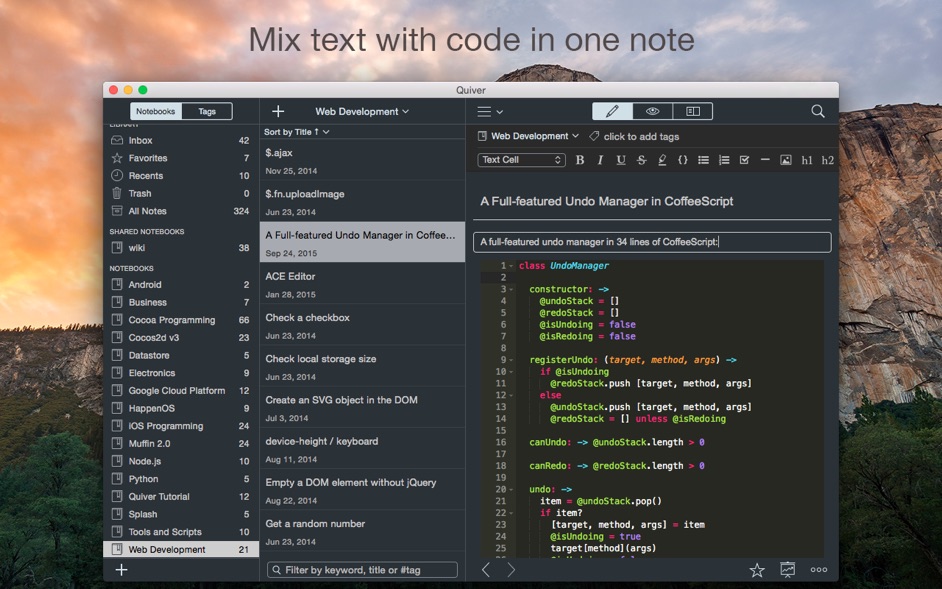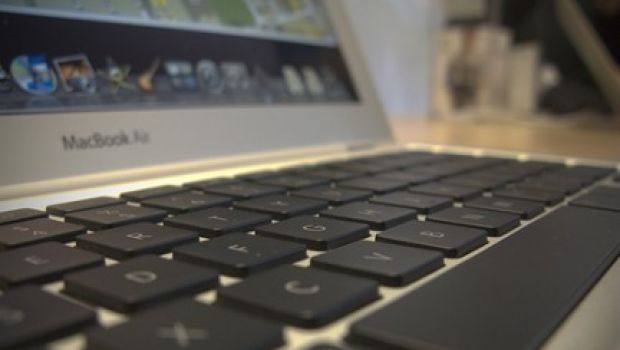

- MULTITOUCH TRACKPAD SOFTWARE DRIVERS
- MULTITOUCH TRACKPAD SOFTWARE UPDATE
- MULTITOUCH TRACKPAD SOFTWARE PC
- MULTITOUCH TRACKPAD SOFTWARE WINDOWS

MULTITOUCH TRACKPAD SOFTWARE DRIVERS
Using the third-party drivers does offer the OEMs some extra configurability (for example, specialized handling of extra-wide touchpads) and some brand consistency (so that new laptops continue to have similar touchpad behavior to their older, pre-Precision Touchpad counterparts). We've even seen a few systems, such as the HP EliteBook Folio G1, that make this end-user configurable you can pick whether to work in Synapics mode or Precision Touchpad mode, and we preferred the latter. It's just up to the OEM to pick one option or the other.
MULTITOUCH TRACKPAD SOFTWARE WINDOWS
As such, they can't take advantage of the new Windows capabilities.Īs far as we can tell, it would normally be straightforward for an OEM to make the switch touchpads from Synaptics, for example, can work as both Precision Touchpads and "legacy" mouse-emulating touchpads that use the Synaptics driver. But many others we've seen, such as the HP Spectre x360 and Lenovo ThinkPad X1 Carbon, use custom drivers, typically from Synaptics. Microsoft's Surface Pros and Surface Books include them, as do a handful of others such as the Dell XPS 13 and HP's EliteBook Folio G1.
MULTITOUCH TRACKPAD SOFTWARE PC
Unfortunately, many PC OEMs haven't been equipping their laptops with Precision Touchpads. Microsoft is adding new capabilities and new configurability, providing a meaningful benefit to using the built-in capabilities. In Windows 8, the impact of this was relatively low it meant that Precision Touchpad systems had fairly consistent sensitivity and gesture handling but little beyond that. The gestures, the disambiguation of taps and swipes-these are all now performed by Windows, not a third-party driver. With Precision Touchpad, the raw touchpad input is exposed to Windows itself, allowing the operating system to choose how it handles the complex multi-finger inputs.

This meant that Windows itself had no ability to add new gestures or refine the finger-detection algorithms it was all an opaque feature of the third-party drivers. Features such as multitouch and gestures were handled by a combination of the touchpad firmware and proprietary drivers. Traditionally, touchpads masqueraded to Windows as essentially USB- or PS/2-connected mice-simple two-dimension, single-input devices. Co-developed between Microsoft and touchpad company Synaptics, the spec changed how Windows works with touchpads. Precision Touchpad made its debut with Windows 8. Why? Because they require the use of the Precision Touchpad spec. With Windows 10, Microsoft is able to match this capability.īut as is to be expected from the PC, there's one big catch to note: most touchpad users won't receive the benefit of any of these updates. Not only does Apple have accurate algorithms with accurate detection of clicks and gestures, it also has rich and configurable gestures built in to, and updated with, the operating system. One of Apple's traditional strengths with its computers has been its touchpads.
MULTITOUCH TRACKPAD SOFTWARE UPDATE
The Windows 10 Anniversary Update also made changes in this area, adding new four-finger gestures. This comes after the previous build made updates to touchpad handling to improve the detection of two-finger gestures and clicking. One of these is a new interface for configuring touchpad gestures, pictured above. In common with the other builds we've seen since the release of the Anniversary Update, the new build doesn't offer a whole lot of new functionality-we're not expecting to see a ton of new features until Microsoft's Windows 10 event later this month-but it does make a few small changes. A new build of Windows 10, version 14946, was released to insiders today.


 0 kommentar(er)
0 kommentar(er)
